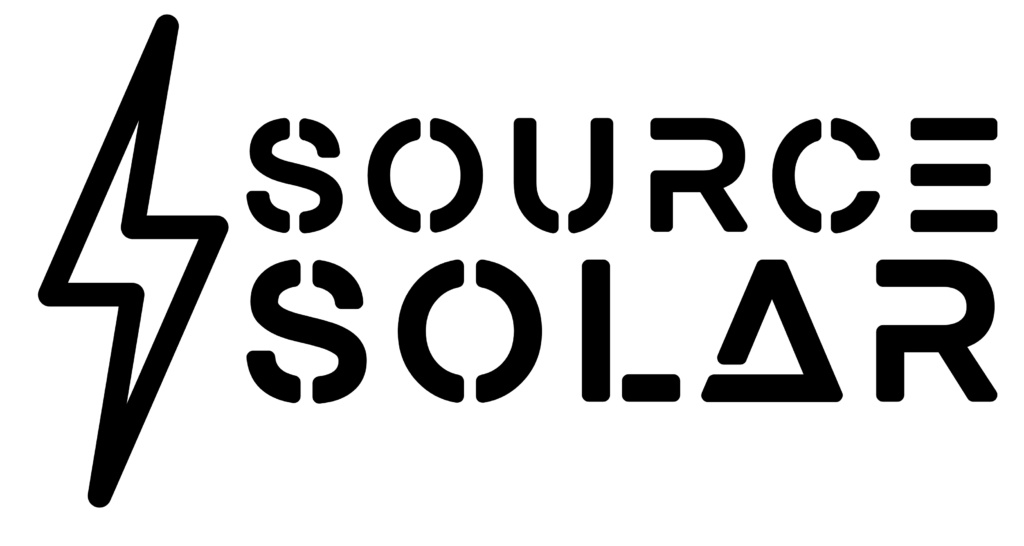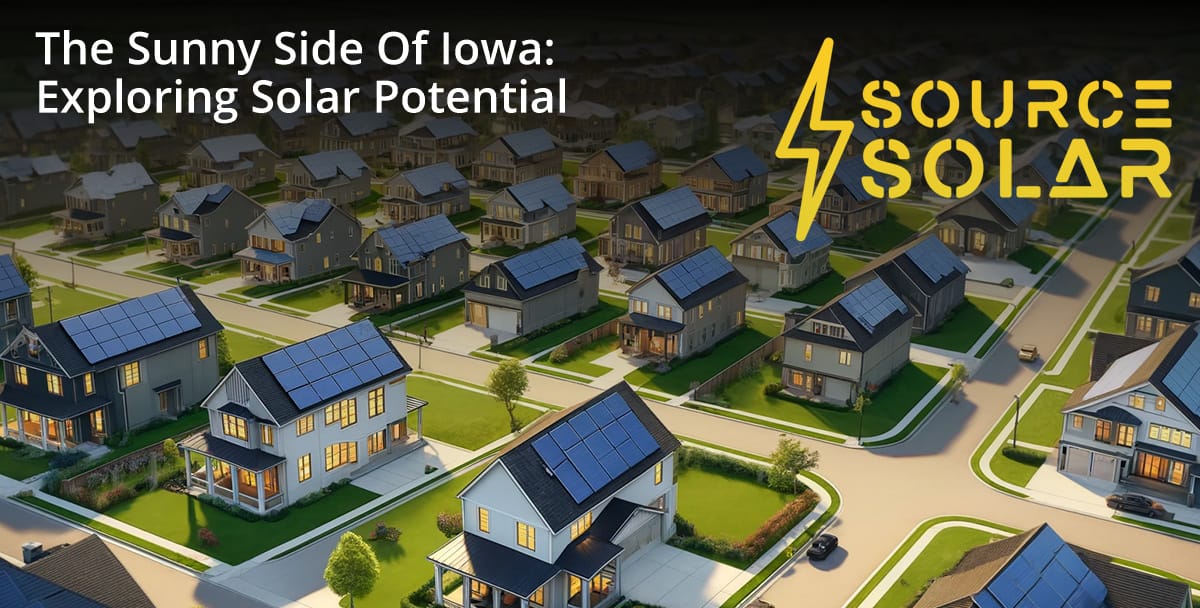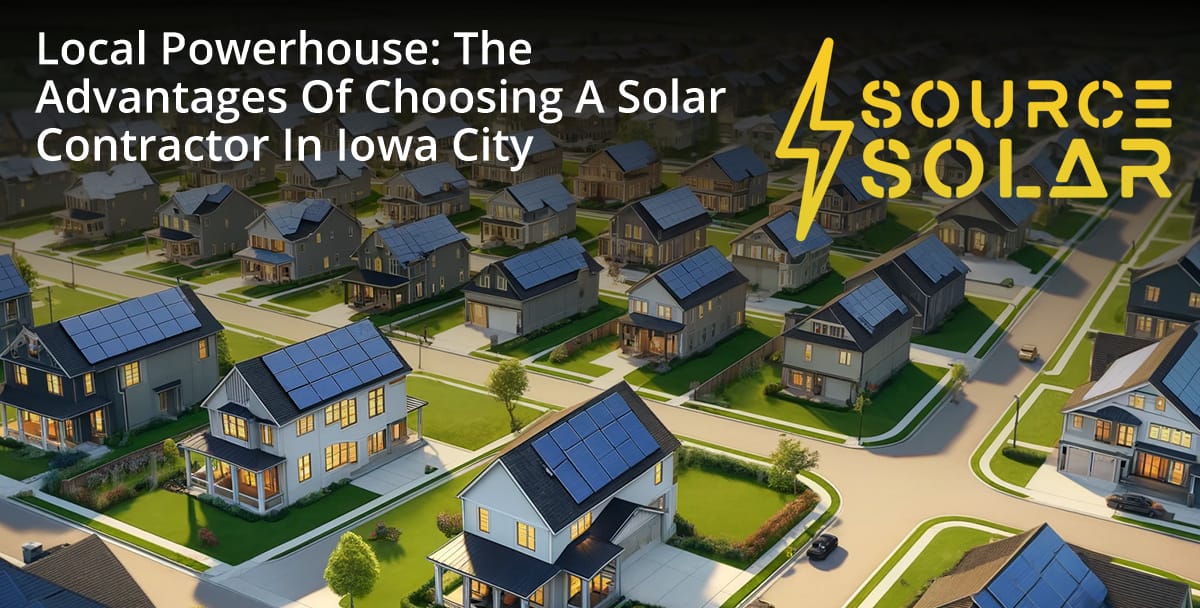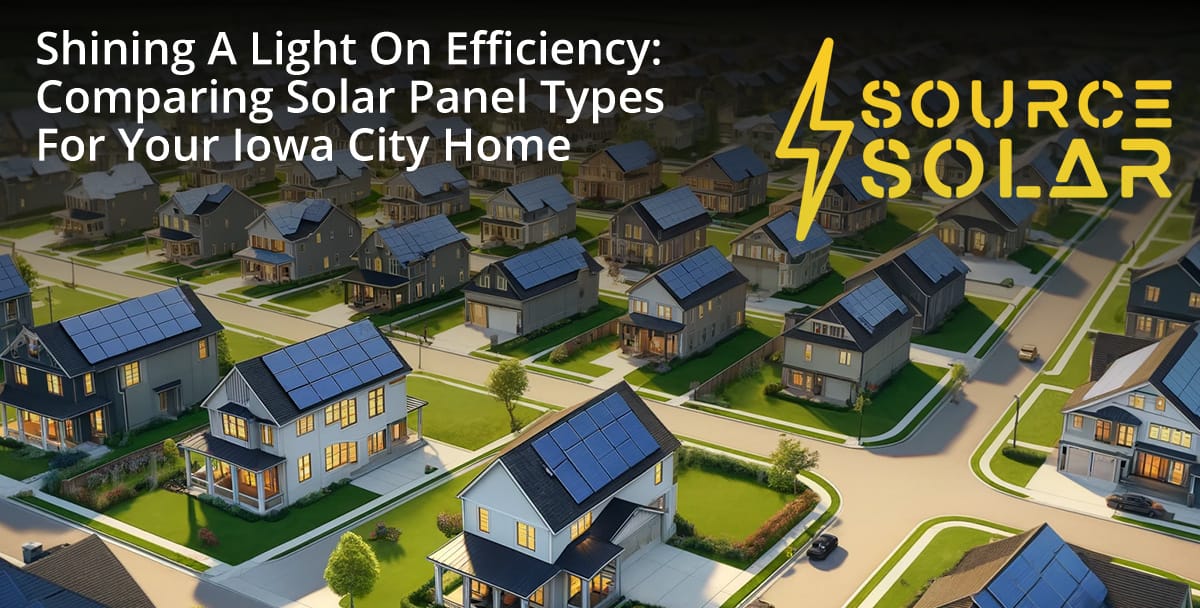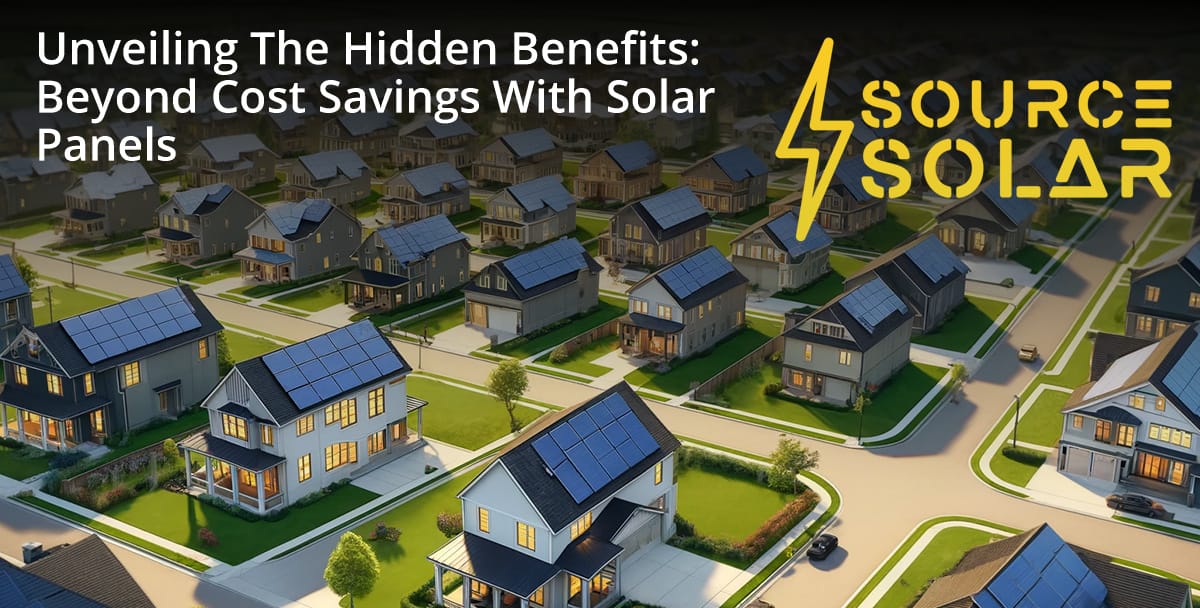Embracing the Power of the Sun: Understanding the Home Solar System
With the rise of green technology, solar energy has become a practical and affordable alternative to traditional sources of power. The solar industry is not just about an investment in clean energy but also about a smart financial investment. As Source Solar, a top-rated solar provider located in Iowa City, IA, we’re excited to bring you close to understanding the basics of a home solar system. Harnessing the vast power of the sun and converting it into energy that can power your homes is not just an incredibly rewarding step toward self-sufficiency; it’s a step toward a sustainable future.
The Core Components of a Home Solar System
A typical home solar system consists of several key components. The solar panels, often installed on your rooftop, are the most visible part of the system. They capture sunlight and transform it into direct current (DC) electricity. Another critical component is the Inverter, which converts DC into alternating current (AC), the form of electricity used by most home appliances. Other critical components include the mounting equipment to secure panels to your roof, and a performance monitoring system that tracks production.
How Does a Home Solar System Work?
Solar panels, consisting of numerous solar cells, are activated by sunlight, which sets electrons in motion—this motion creates what’s known as direct current (DC) electricity. However, your home functions on alternating current (AC) electricity; hence the need for an inverter. The inverter transforms the DC electricity created by your panels into AC electricity, making it suitable for use in your home.
Any excess power generated by your solar panels is fed back into the grid when your solar system is grid-connected. In exchange, you get credits with your utility provider, a practice widely known as net metering, which can translate into significant savings on your electric bills.
Choosing the Right Solar Home System
Every home is unique, and as such, the solar system design varies due to several factors. Firstly, the system size, measured in kilowatts (kW), depends on your home’s energy needs, available space for solar panel installation, and your budget. Secondly, you have to consider panel efficiency, which refers to how well the panels convert sunlight into electricity.
Additionally, you must also assess the solar irradiance—a measure of how much sunlight is available in your location. In areas with high solar irradiance such as Iowa, you’ll generate more electricity than in places with lower solar radiation levels.
Making Your Home Solar System Economically Viable
Installing a home solar system is a significant investment. Government incentives, like tax credits, grants, or rebates, can significantly offset the upfront costs and accelerate the time it takes to realize a return on investment. For instance, the Federal Solar Investment Tax Credit (ITC) allows homeowners to deduct a certain percentage of solar costs from their federal taxes.
Another way to make the home solar system more economically viable is through net metering. This policy allows homeowners to sell their excess solar power back to the grid, essentially making your meter spin backward, and providing you with either credits or monetary payment.
The Benefits of a Home Solar System
Solar energy is not only sustainable but also renewable. It significantly reduces reliance on fossil fuels, thereby contributing to a decrease in greenhouse gas emissions. Aside from environmental benefits, installing a home solar system can help to significantly reduce electricity bills. Moreover, with advancements in energy storage technology, you can store excess solar energy produced during the day for use at night or during power outages, giving you greater energy independence.
Source Solar: Your Partner in Solar Energy
At Source Solar, we have the knowledge, experience, and tools necessary to design a home solar system that will meet your energy needs and budget. We understand that the transition to solar can be overwhelming. That’s why our team of experts is devoted to guiding you through every step of the process, from initial consultation to system installation and maintenance. With us, you are not just buying a solar system—you are investing in a sustainable and financially sound future.
In conclusion, investing in a home solar system is an excellent way for homeowners to reduce their carbon footprint and save on electricity costs. By understanding how the system works, what elements are involved, and how to make it economically viable, you can take the first step toward a greener and more sustainable future with Source Solar. Harness solar energy today and transform your home into a powerhouse of efficiency and sustainability.
